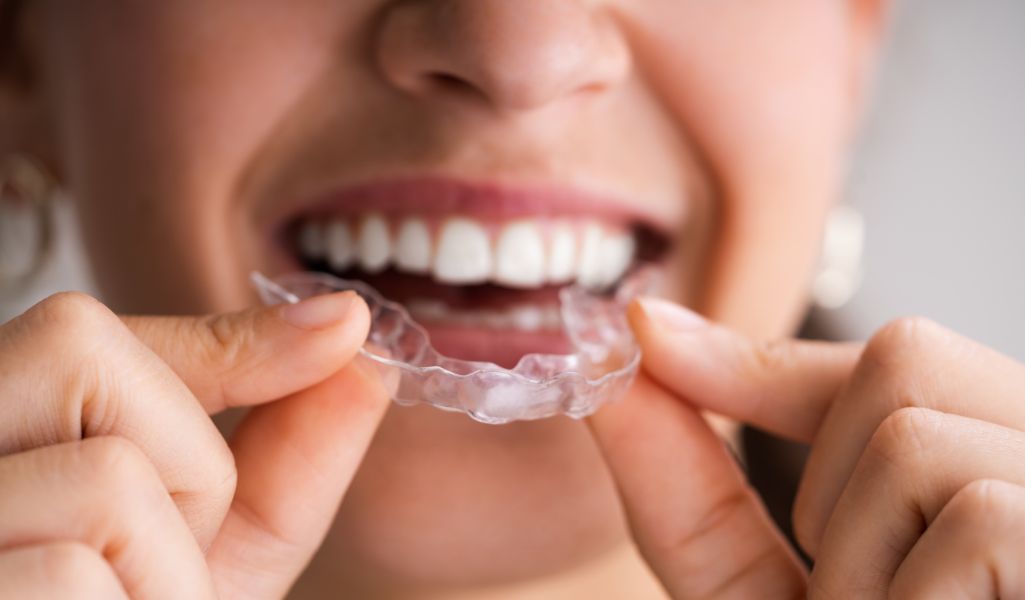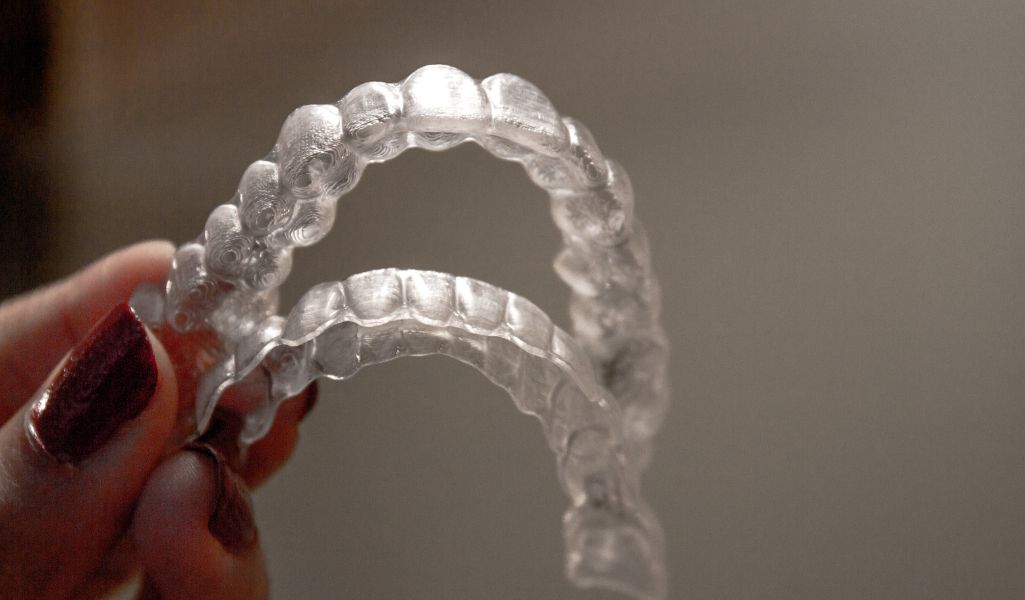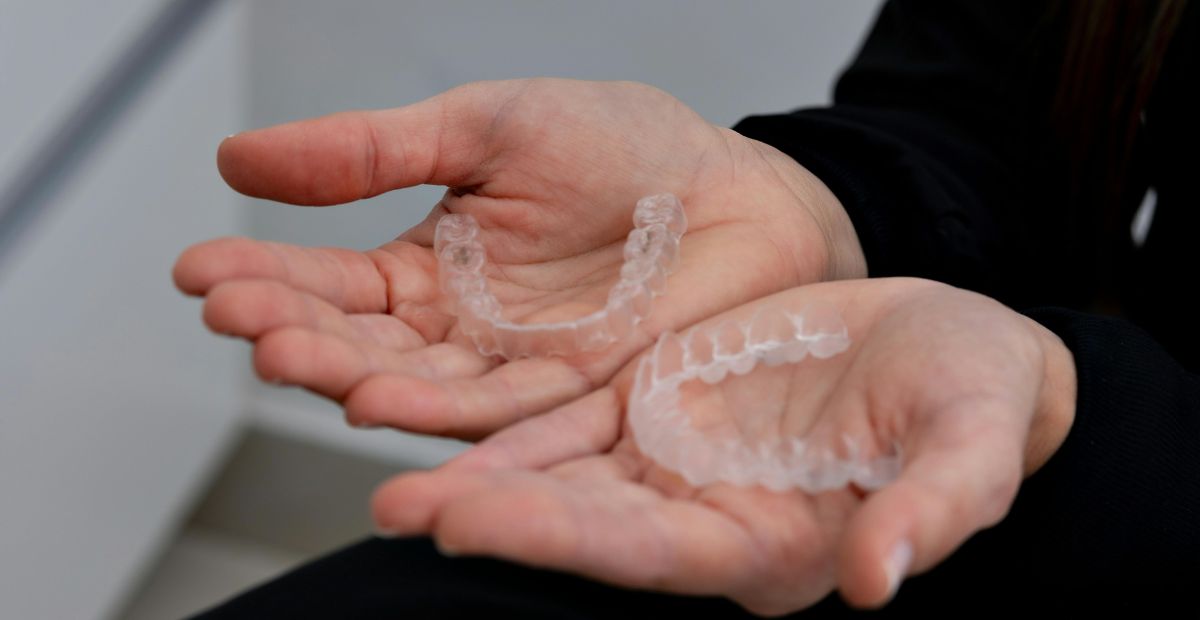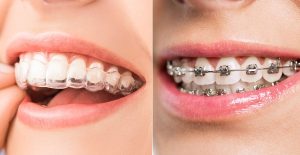Invisalign Attachments Explained: Understanding Their Role in Your Treatment
If you’re considering or currently undergoing Invisalign treatment, you may have come across the term Invisalign attachments. These small, discreet components are essential for certain movements during your treatment. But why are they necessary, and how do they contribute to achieving a flawless smile?
In this blog, we’ll dive into the role of Invisalign attachments, how they work, and why they’re crucial for your overall treatment success.
Invisalign attachments are small, tooth-colored buttons made of a durable composite material that are temporarily bonded to your teeth. These attachments are designed to help your aligners apply more precise pressure to your teeth, ensuring better control over the movement of your teeth. While they are an important part of the Invisalign system, they are discreet and blend in with your natural teeth, so they remain nearly invisible.
You may be asking, "Why do I need Invisalign attachments when I already have clear aligners?" The answer lies in the effectiveness of your treatment. Here’s why Invisalign attachments matter:

While Invisalign aligners move your teeth over time, certain tooth movements, such as rotations or shifting teeth vertically, need more force than aligners can provide on their own. Attachments help direct the force of the aligners precisely where it’s needed, making complex movements easier and more efficient.
Some tooth movements are more difficult for aligners to achieve alone. Attachments act as anchors, giving your aligners the extra power needed to rotate a stubborn tooth or shift a tooth into a specific position. Without these attachments, these movements could be much slower or harder to achieve.
Attachments ensure that your aligners fit snugly and securely on your teeth. This secure fit is essential for keeping the aligners in place and applying consistent pressure throughout your treatment. Without attachments, the aligners may not be able to exert enough force, resulting in slower or less effective results.
Invisalign attachments can help reduce the total time you spend wearing aligners. By improving the precision and effectiveness of tooth movement, you could see results faster than you would with aligners alone, which can help you achieve your smile goals more quickly.
Getting Invisalign attachments is a simple process, and it usually doesn’t take much time. Here’s what you can expect:

During your consultation, your Invisalign provider will create a custom treatment plan and determine where the attachments should be placed based on your specific needs. Attachments are placed only on the teeth that require additional movement.
Your provider will bond the attachments to your teeth using a special adhesive. The process is painless, and the attachments are bonded securely. This step ensures the attachments stay in place and function effectively.
Once the attachments are in place, your aligners will be customized to fit perfectly around them. The aligners will have small indentations to accommodate the attachments, ensuring they fit snugly and work in tandem to move your teeth.
There are several types of Invisalign attachments, each designed to address specific tooth movements. Some common types include:
1.Buttons: These small, round attachments help with general tooth movement by adding friction to the aligner.
2.SmartForce Attachments: These are designed for more complex movements, such as rotating teeth or shifting them into difficult positions.
3.Vertical & Horizontal Attachments: These helps move teeth up and down (vertical) or side-to-side (horizontal) to correct bite issues and other alignment concerns
Your provider will decide which types of attachments are necessary based on your treatment goals.





